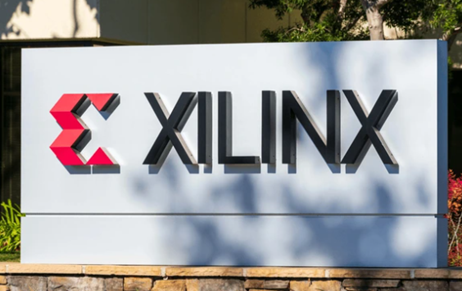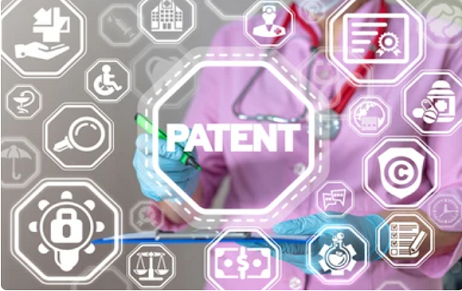Xilinx is a leading technology company focused on innovation and creating and monetizing its Intellectual…
Patent Licensing: Opportunities And Obstacles
INTRODUCTION
The patent owner can transfer his rights over his patent to the third person with a mutual agreement containing the terms and conditions. By obtaining this license, the licensee can make, sell, and use a patented invention. Documentation and registration are those two steps to acquire the license and the licensee should register their title within 6 months of the agreement being made. Once acquired the licensee is supposed to pay the royalty which is derived from the net or gross profit, and it ranges from 0.5-25% depending on the type of industry and invention. The owner is also entitled to receive a certain amount as per the agreement when every product is sold. The owner can commercialize his patent in two ways, either through licensing or assignment. Even though there is no clear definition of ‘assignment’ in the Patents Act, Section 70 of the act grants power to the proprietor (assignor) to assign, grant license, etc. to other individuals (assignee) concerning the patent, it portrays the relationship between the ‘assignor’ and ‘assignee’ where the former transfers complete or part of his rights to the latter. The assignee also has the right to sue for the infringement of the same patent once the assignment is done. Assignment can be mainly of 3 types legal, equitable, and mortgages and the nature of the assignment varies depending upon the transaction.
Licensing on the other hand gives the licensee the right to reap the benefits out of it till the prescribed period as mentioned in the agreement. After that aforesaid period patent owner can regain his right over the intellectual property. If the patent is licensed to a well-established firm, then there is a large chance of getting good product demand which in turn leads to profit making. Thus, the main distinguishment between patent assignment and licensing is, that the former is the acquirement of permanent rights where the assignee is supposed to give a lump sum amount whereas the latter is the acquirement of temporary rights where the licensee is supposed to give royalty payment till the license period gets over.
PATENT ROYALTY
Patent royalty rates are the rates given by the licensee to the licensor for using their patent. This is most commonly generated from net profit or sometimes they have to pay a fixed fee. The main motive of this concept is to ensure that the owner gets compensated for using his intellectual property. The inventors have to face less level of risk once given for licensing as they take care of activities like development and commercialization of business. The licensee in return is not required to invest in any new technology or product, so this agreement mutually benefits both parties. There can be many factors that decide the patent royalty rates which can be the uniqueness of a product, its market size, level of competition in the market, stage of patent, etc. To set fair patent royalty rates licensing professionals consider three main methods that are:
- The Income Approach: Under this approach, royalty charges are fixed based on the income generated by the patent,
- The Market Approach: This approach is based on the prices fixed by other competent businesses for determination of royalty.
- The Cost-Approach: This approach is based on the calculation of the cost incurred to produce a similar patent, royalty charges are fixed.
There are a few essentials to be noted while entering into a patent royalty agreement which includes the name of the licensor and licensee, the activity description of both, the real purpose of the contract, the geographical scope of the license, dates and duration of agreement, details regarding exclusivity, restrictions imposed for using the patent, royalty charges paid by licensee to the licensor. Infringement of patent royalty agreement takes place when the licensee fails to pay the royalty as per the agreement or violates any other rules and if the licensee exploits the patent without the permission of the licensor. This leads to court proceedings and respective compensations. Licensees have to pay royalties based on the schedule fixed early which can be quarterly, half-yearly, or yearly. As it has been discussed earlier, this is an agreement that is mutually accepted and benefits both parties but what if consumers are least interested in this product, everything becomes worthless. Time and effort taken by the inventor do not matter if it does not meet the expectations of the customer. Patent licenses can be mainly of two types, exclusive and non-exclusive licenses. The exclusive license is where the patent holder transfers all his rights to the licensee where he can enjoy all the rights except the right to transfer. The right to transfer remains with the owner and there are fewer chances of infringement as there is only a single licensee. Whereas in a non-exclusive license, there is more than one licensee and they have the right to produce, use, or sell the product.
CONCLUSION
Patent licensing is a safer method to mitigate the risk between two parties, as it is beneficial for them. Perhaps, it is important to note that the patented invention should drive the attraction of customers which are our ultimate and preferred source of output. Drafting of a neutral agreement is advisable to avoid future infringement by both parties.
Author: Maria Rose Jopaul, A Student at Lloyd Law College, Greater Noida, in case of any queries please contact/write back to us via email to chhavi@khuranaandkhurana.com or at IIPRD.
REFERENCES
https://www.indialawoffices.com/legal-articles/patent-assignment-in-india
https://www.royaltyrange.com/home/blog/what-are-patent-licensing-royalty-rates
https://www.intepat.com/blog/patent-licensing-all-you-need-to-know/



